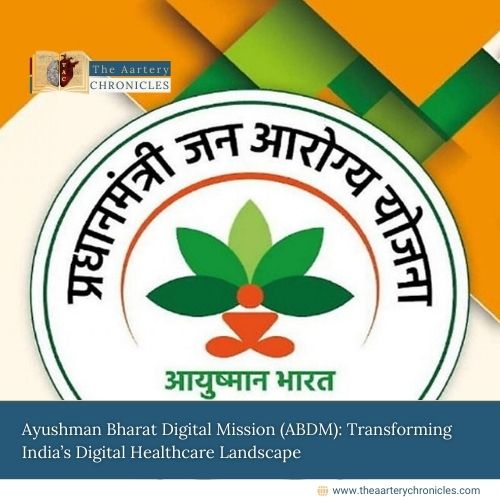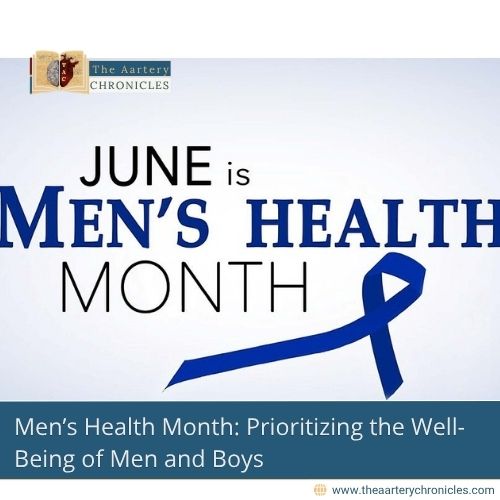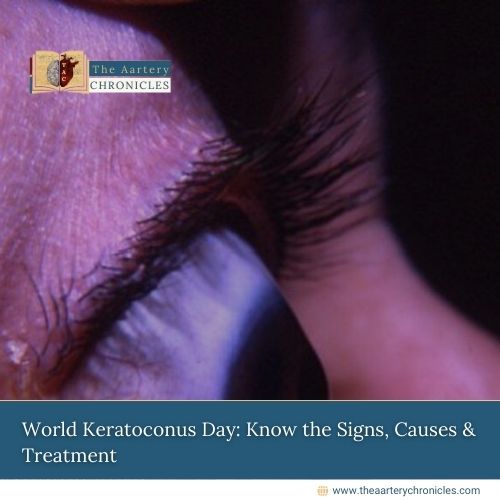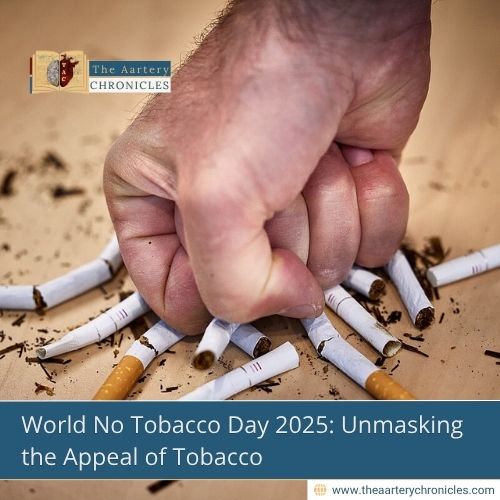
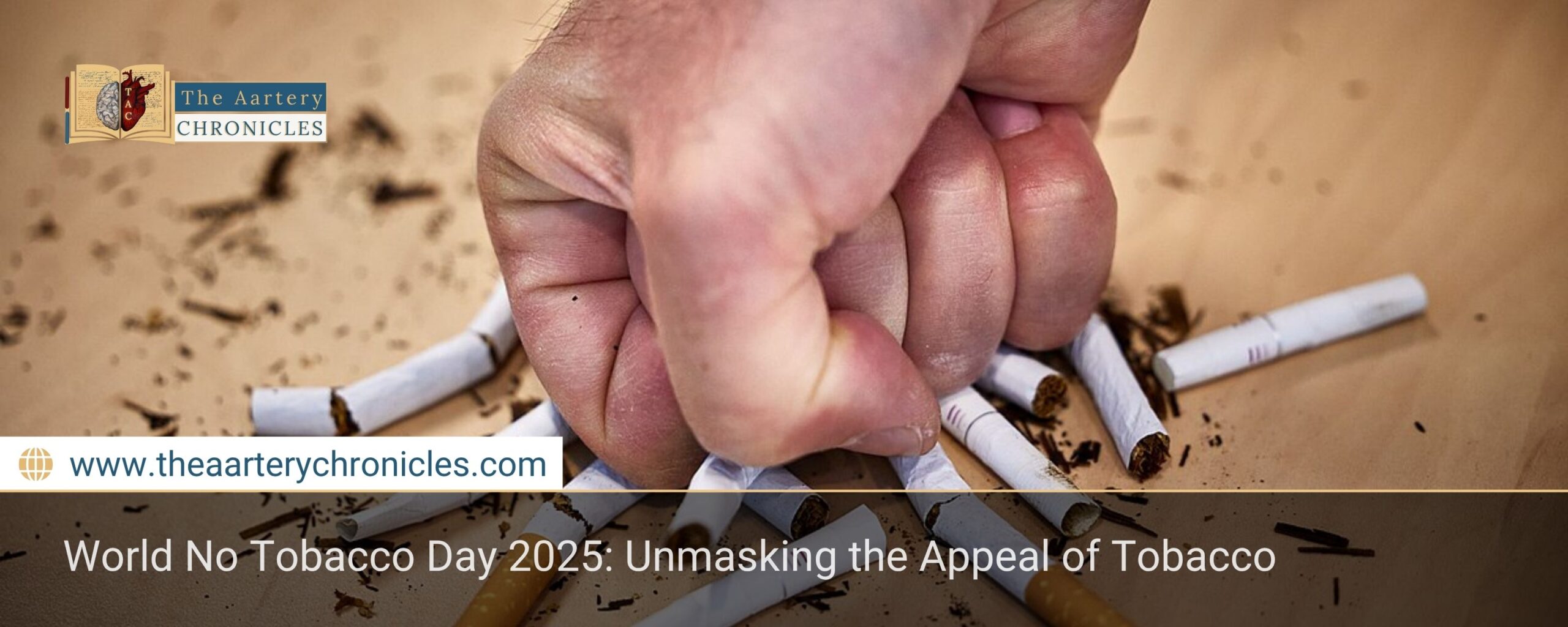
World No Tobacco Day 2025: Unmasking the Appeal of Tobacco
Introduction
Observed worldwide on May 31, World No Tobacco Day (WNTD) serves as a vital call to action, highlighting the serious health consequences of tobacco use and encouraging efforts to reduce its impact on individuals and communities. Spearheaded by the World Health Organization (WHO), this annual campaign unites countries and communities in raising awareness and driving action to reduce tobacco use and its devastating impact on public health.
The World Health Organization has announced the theme “Unmasking the Appeal” for World No Tobacco Day in 2025. This campaign shines a light on how tobacco and nicotine industries disguise harmful products with slick marketing, flavors, and youth-focused branding. It calls on the world to uncover these tactics and protect communities—especially young people—from the grip of addiction.
Targeting Youth: How the Industry Attracts New Users
Tobacco companies have long used deceptive tactics to appeal to younger audiences. This includes:
- Flavored Products: Over 16,000 flavors—ranging from fruity to minty—are used in e-cigarettes and tobacco products, making them especially attractive to adolescents.
- Stylish Packaging and Digital Marketing: Sleek designs, vibrant colors, and influencers on social media are used to glamorize smoking and vaping.
- Child-Friendly Designs: Some nicotine products are disguised to look like candy, toys, or gadgets, further blurring the line between harmful substances and everyday items.
These strategies are not only unethical—they’re effective. In several countries, the rate of e-cigarette use among youth now exceeds that of adults, showing just how deeply these marketing efforts are taking root.
History of World No Tobacco Day
World No Tobacco Day was initiated by the WHO in 1987 through a resolution titled “World No Smoking Day,” with the goal of motivating smokers to quit and raising awareness about the health risks of tobacco use. The following year, May 31 was formally established as World No Tobacco Day, marking it as a yearly event dedicated to tobacco control efforts. In 1999, the World Health Organization introduced the Tobacco-Free Initiative (TFI) to intensify international efforts in combating tobacco use and promoting a healthier, smoke-free world. The Framework Convention on Tobacco Control (FCTC), which is a global treaty adopted by many nations, including India, was introduced to guide comprehensive tobacco control efforts.
About Tobacco and Its Effects
Tobacco is a plant known for containing nicotine, a powerful and highly addictive chemical compound. It is consumed in multiple forms, including smoking products like cigarettes, bidis, and hookahs, as well as smokeless options such as gutka and khaini.
Health Risks of Tobacco Use
- Lung cancer and chronic respiratory issues
- Heart disease and stroke
- Complications during pregnancy
- Health damage from secondhand smoke
According to the WHO, approximately 8.7 million people die each year due to tobacco-related causes—including those exposed to second-hand smoke.
Tobacco in India: A Growing Concern
India is among the world’s highest tobacco-consuming countries. Across the nation, various forms of tobacco are commonly used, including bidis, gutka, khaini, cigarettes, and hookahs, making tobacco use a significant public health concern.
- 13 lakh (1.3 million) people die every year in India from tobacco-related diseases
- That’s about 3,500 deaths every day
- The economic cost of tobacco use in India is around ₹1.77 lakh crore annually—nearly 1% of the country’s GDP
India’s Tobacco Control Initiatives
India has adopted strong measures to combat tobacco use through laws, programs, and public health campaigns.
1. National Tobacco Control Programme (NTCP)
Launched in 2007–08, the NTCP focuses on:
- Spreading awareness about tobacco hazards
- Reducing tobacco usage and sales
- Enforcing laws like COTPA, 2003
- Helping users quit through cessation support
- Aligning with WHO’s FCTC framework
2. National Tobacco Control Cell (NTCC)
A unit under the Ministry of Health and Family Welfare, the NTCC:
- Develops tobacco control policies
- Oversees anti-tobacco campaigns
- Monitors and evaluates program effectiveness
3. COTPA Act, 2003
The Cigarettes and Other Tobacco Products Act (COTPA) enforces several key regulations in India to control tobacco use, including:
- A ban on smoking in public places
- Mandatory health warnings on tobacco packaging
- Restrictions on advertisements in print, TV, and stores
4. Ban on E-Cigarettes (2019)
In an effort to shield youth from the dangers of nicotine addiction, India enacted the Prohibition of Electronic Cigarettes Act, which enforces a comprehensive ban on all activities related to e-cigarettes and similar electronic nicotine delivery systems. This includes the:
- Manufacture and Production
- Sale and Trade
- Import and Export
- Distribution and Supply
- Storage and Possession
- Advertising and Promotion
The law ensures that these products are removed from circulation nationwide to safeguard public health, especially among young and vulnerable populations.
Quit Tobacco Helpline in India
If you’re seeking support to quit tobacco in India, the National Tobacco Quitline Services (NTQLS) offers free, confidential, and evidence-based counseling. If you want to quit tobacco in India, the National Tobacco Quitline Services (NTQLS) provides free, confidential counseling. allabhbhai Patel Chest Institute (VPCI) in New Delhi operates it under the Ministry of Health and Family Welfare.
How to Access the Quitline
- Toll-Free Helpline: 1800-11-2356
- Email Support: quittobacco2016@gmail.comquittobacco.in+2ntqls.in+2ntqls.in+2
- In-Person Counseling Centers: Located in Delhi, Mumbai, Bengaluru, and Guwahati
Additional Support Options
- mCessation Service: Give a missed call to 011-22901701 to receive SMS-based support and reminders.
- Online Resources: Visit quittobacco.in for self-help tools, quit plans, and information on tobacco dependence treatment.
Language Support
Counseling support is offered in 15 regional languages, ensuring accessibility across diverse communities. These include Hindi, English, Marathi, Bengali, Tamil, Telugu, Kannada, Malayalam, Assamese, Punjabi, Gujarati, Maithili, and several others, making it easier for individuals to seek help in a language they are comfortable with.
Since its inception in 2016, the NTQLS has received over 4.77 lakh calls, with more than 1.44 lakh individuals successfully quitting tobacco. The service has been particularly effective among young adults aged 18–24, who constitute nearly 47% of the callers.
If you’re ready to quit tobacco, reaching out to the NTQLS can provide you with the necessary support and resources to embark on your journey to a tobacco-free life.
Call to Action: What You Can Do
On World No Tobacco Day 2025, individuals, schools, healthcare providers, and governments are encouraged to:
- Raise awareness about the hidden dangers of tobacco products
- Educate youth on marketing tactics used by the tobacco industry
- Encourage quitting by promoting cessation tools and support
- Advocate for stronger regulations on flavored and novel tobacco products
- Support enforcement of public health laws
Conclusion
World No Tobacco Day 2025 shines a light on how the tobacco industry manipulates perception to attract new users—particularly youth. By unmasking the appeal and promoting strong public health policies, we can save lives, reduce addiction, and build a healthier future.
Together, we can make tobacco history.
- World No Tobacco Day 2025
- World No Tobacco Day 2025 - Unmasking the appeal
- World No Tobacco Day
- qxd
- WHO statement on ban of e-cigarettes by Government of India
- National Tobacco Control Programme
- (PDF) Quitting tobacco through quitline services: impact in India
- National Tobacco Control Programme
- gov.bd
- TFEI GUIDELINES COVER.cdr
- WHO study on Economic Costs of Diseases and Deaths attributable to tobacco use in India 2017-18.pdf
- Cigarette Smoking | Smoking and Tobacco Use | CDC



